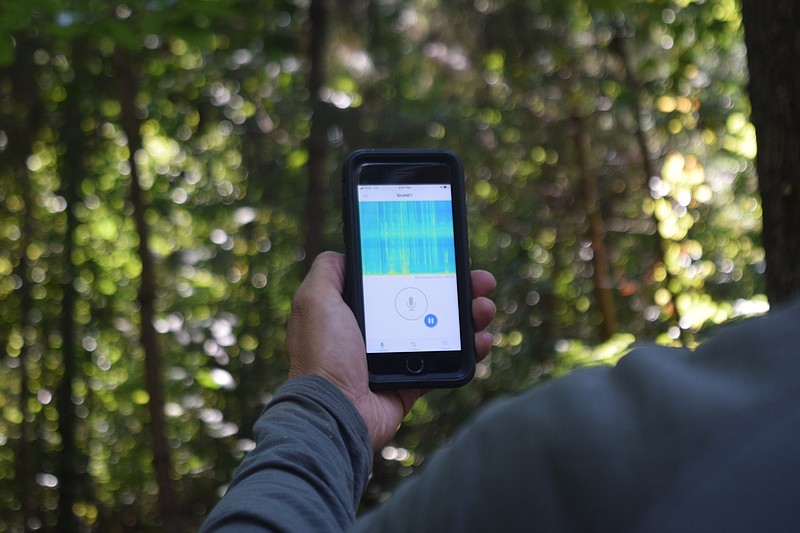I am a fledgling birder, and having only recently started my "life list," I'm always adding new species.
And it's thrilling. With every new-to-me bird that I identify, the world becomes a more colorful place. Where I used to see only titmice, wrens and phoebes in my backyard, I now know it's home to eastern wood-pewees and yellow-breasted chats, too – two birds I would have never discovered without the help of technology.
Indeed, gone are the days of a field guide and pair of binoculars being a birder's only tools. Today, birding apps are taking flight, helping amateurs and experts alike make faster IDs.
Whether you want to learn bird songs or distinguish between warbler species, here are six of our favorite birding apps.
BirdNET
Free
The "Shazam" of birding apps, this Cornell-backed platform lets you record bird calls on your phone and upload them for instant analysis. While multiple birdsong apps are available, BirdNET has ranked as one of the most accurate among the free-to-download options.
Editor's Pro Tip: I used BirdNET to identify my resident chat, a species of songbird that spends most of its time in dense thickets. In fact, during the breeding season, the bird is rarely seen. Weeks before I spotted the olive-green and bright yellow bird, I heard its series of rattles and gurgles coming from a cove of brambles. Not recognizing the sound, I downloaded the app. I've been most impressed with the software's sensitivity, picking out and correctly identifying even distant calls.
Merlin
Free
Backed by the Cornell Lab, this app lets you ID birds using photos or sound. Simply upload an image or a recording of the species in question, and Merlin provides an identification. But if you weren't able to capture its sight or sound? Merlin asks you five questions about the bird you saw, then shows you a list of the most likely species based on your observations, location and the time of year.
Audubon Bird Guide
Free.
The Audubon app is a free and complete guide to over 800 species of North American birds. One of the most trusted field guides, the app is more than a vast resource, right in your pocket; it also lets you enter information of the birds you see - size or color, for instance. Then, it offers a narrowed-down list of possible matches based on your location and the time of year.
Raptor ID
Free
As beginner birders know, learning to differentiate between hawk species can be tricky. The first raptor ID program designed for mobile devices, this app features bird vocalizations, plus high-quality photos and videos complete with annotations and voice-overs, geared toward helping you ID raptors in flight.
Warbler Guide
$12.99
With more than 50 warbler species in North America, identifying these small songbirds can be overwhelming. The app lets you quickly identify warblers by sight or sound, and its visual finder includes side and 45-degree angles as well as undertail views of the bird. Plus, photos on the app show specific behaviors that can help reinforce key ID points.
iBird Pro Guide to Birds
$15.99
iBird Pro offers both illustrations and photographs for all its species, a feature that sets it apart from all other birding apps. And with more than 4,000 examples of bird songs and vocalizations, it offers more sound recordings than any other app. But its most unique feature may be its comprehensive search engine, which lets you search species by body color, bill shape, location and more, helping turn even the amateurs among us into expert birders.
Editor's Pro Tip: When birding, I always carry my Canon EOS Rebel T2i, fitted with a 250mm lens. It isn't first-class gear, nor am I a first-class photographer - but in some ways, my camera feels more important than binoculars. By snapping a quick photo of a species, I can take more time with the ID later, which is just one more example of how technology helps us work smarter, not harder.
